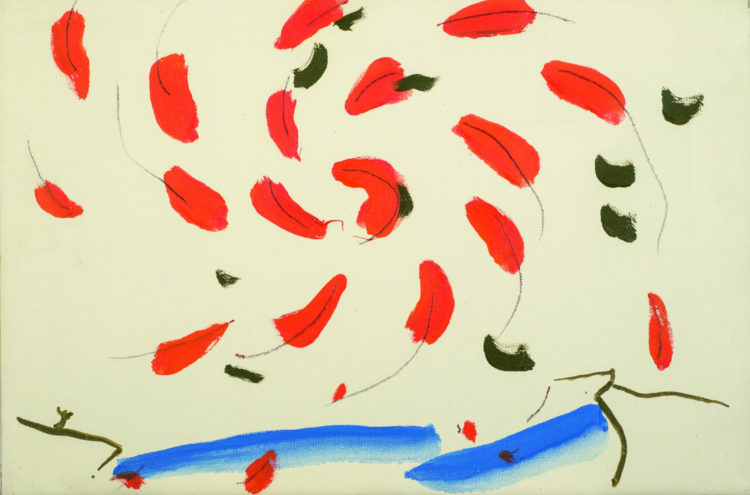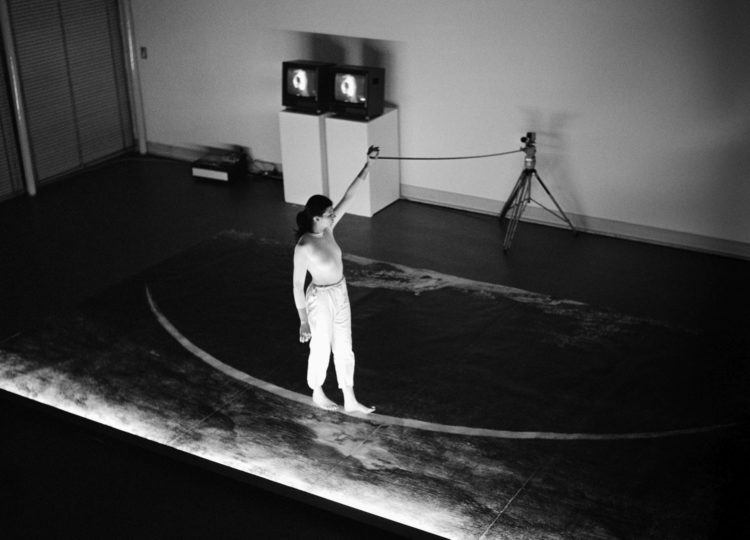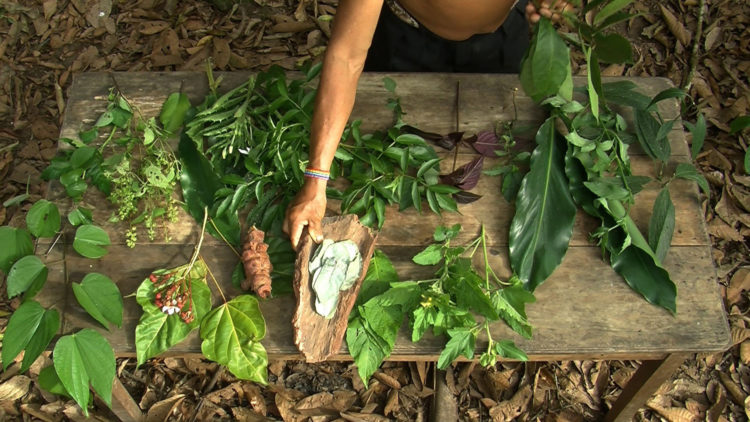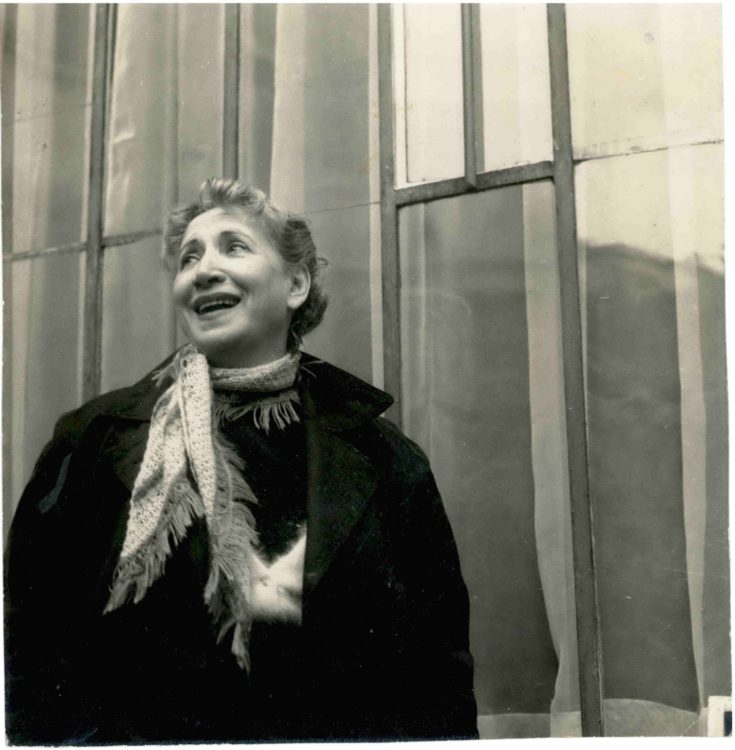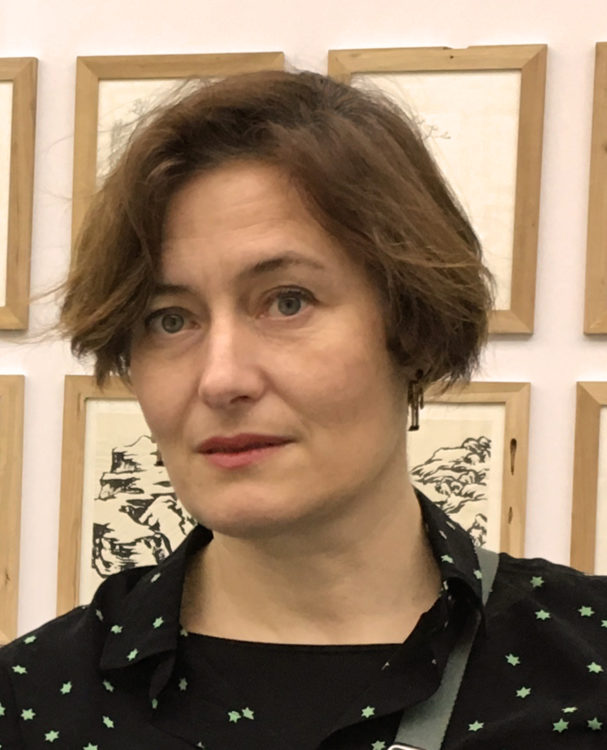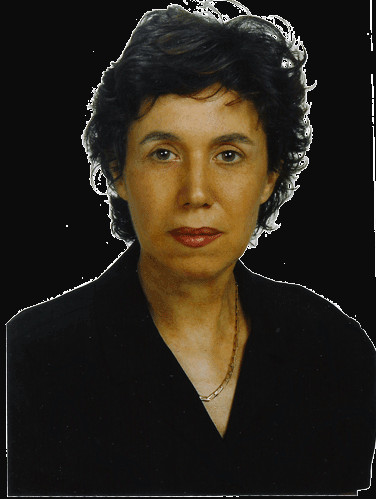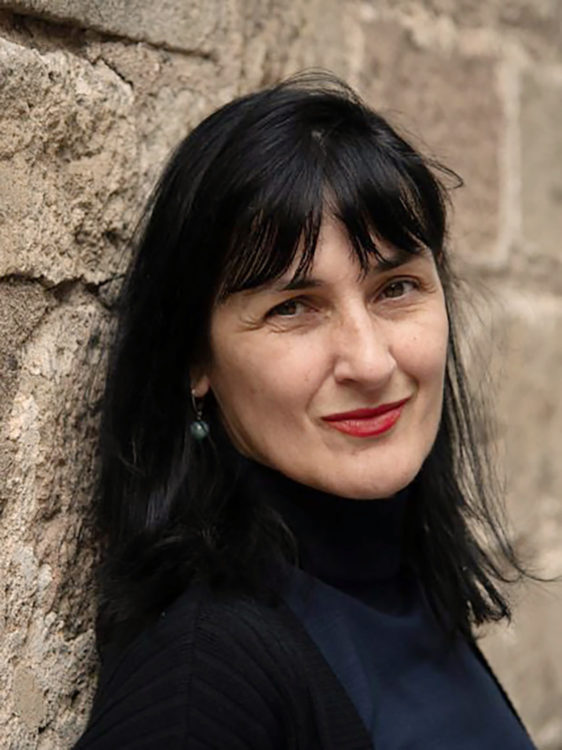Eulàlia Valldosera
Marí, Bartolomeu, Marzo, Jorge Luis, Villaespesa, Mar, Eulalia Valldosera : Dependencias, exh. cat., Museo Nacional Centro de Arte Reina Sofía, Madrid (4 February–13 April, 2009), Madrid, Museo Nacional Centro de Arte Reina Sofía, 2009
→Enguita, Nuria, Marí, Bartomeu, Marzo, Jorge Luis, Eulàlia Valldosera: Works 1990–2000, exh. cat., Witte de With Center for Contemporary Art, Rotterdam (14 October–3 December, 2000); Fundació Antoni Tàpies, Barcelona (27 January–25 March, 2001), 2001, Rotterdam / Barcelona, Witte de With / Fundació Antoni Tàpies, 2000
→Grant Marchand, Sandra (ed.), Eulàlia Valldosera, exh. cat., Musée d’art contemporain de Montréal, Montreal (21 January–25 April, 1999), Montreal, Musée d’art contemporain de Montréal, 1999
Eulàlia Valldosera. Dependencias, Museo Nacional Centro de Arte Reina Sofía, Madrid, 4 February–13 April, 2009
→Eulàlia Valldosera. Obres 1990 – 2000, Witte de With Center for Contemporary Art, Rotterdam, 14 October–3 December, 2000; Fundació Antoni Tàpies, Barcelona, 27 January–25 March, 2001
→Eulàlia Valldosera, Musée d’art contemporain de Montréal, Montreal, 21 January–25 April, 1999
Spanish multimedia artist.
Eulàlia Valldosera studied painting at the Facultad de Bellas artes de la Universidad de Barcelona, and printmaking at the Lotja, Escola d’Art i Superior de Disseny. Between 1990 and 1995 she lived in Amsterdam, where she graduated in audiovisual studies from the Gerrit Rietveld Akademie, and in 1999–2000 in Berlin, on a grant from the Deutscher Akademischer Austauschdienst (DAAD). She began making art in the mid-1980s, working in a conceptualist framework with pieces about the body and her own representation, as well as human perception. Her practice centres the question of light in both the physical and spiritual dimensions. She first became known for installations using light phenomena to explore the female condition, emotional relationships and the mechanisms through which power is constructed. Since the turn of the century she has been more concerned with light as an indication of the presence of a subtle and spiritual reality that the artist can seize upon, and with other natural elements understood as part of a holistic reality.
Early in her career, E. Valldosera made theatrical and performative installations using everyday objects and light projectors to stage perceptual situations that reveal the shadows of our collective imagination. Waste, household cleaning and healing, power relations and emotional dependency were central themes in her installations, photos and performances in the 1990s. In her 1992 video Vendatges [Bandages], film footage of bodies is projected on the walls of a room through which she is pushing an old-fashioned hospital bed, recreating the techniques employed in the earliest moving films. Envases: el culto a la madre [Vessels: Worship of the mother, 1996] is an installation made of plastic bottles of household cleaning products and light projectors that brings to mind a side chapel in a church. In Loop (1996) she used the interplay of light and shadows in a Roman cistern to create an environment where she performed an action of pouring healing water.
Starting around the year 2000, E. Valldosera has further concentrated on the intangible aspects of light. She refers to her work as a mystic road that has revealed her ability to act as a medium and allowed her to study the subtle bodies that make up beings and things. She has focused on climate change, water, plastic contaminants and other holistic aspects of reality, understanding artistic practice as a path to self-knowledge.
She has presented her best-known works at international biennials including the Antarctic (2017), Lyon (2009), Sâo Paulo (2004), Venice (2001) and Istanbul (1997), and Manifesta 1 in Rotterdam (1996). In 2000–2001, the Rotterdam Witte de With (now the Kunstinstituut Melly) and the Fundació Antoni Tàpies in Barcelona each presented a retrospective of her work. In 2009 the Museo Nacional Centro de Arte Reina Sofía de Madrid held an overview of her career from its inception to the 1980s.
A biography produced in collaboration with MACBA Museu d’Art Contemporani de Barcelona as part of the programme « Role Models »
© Archives of Women Artists, Research and Exhibitions, 2024




























